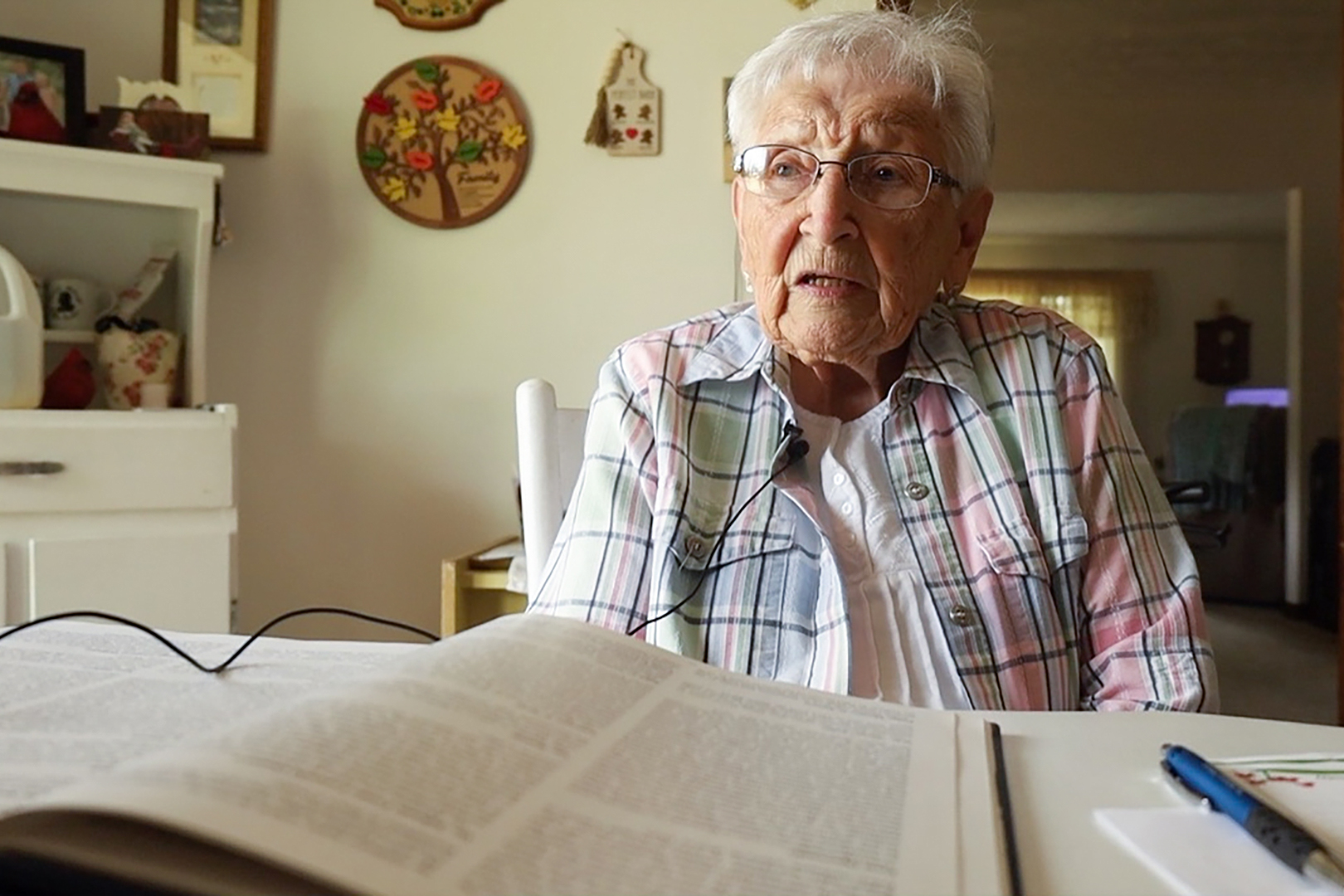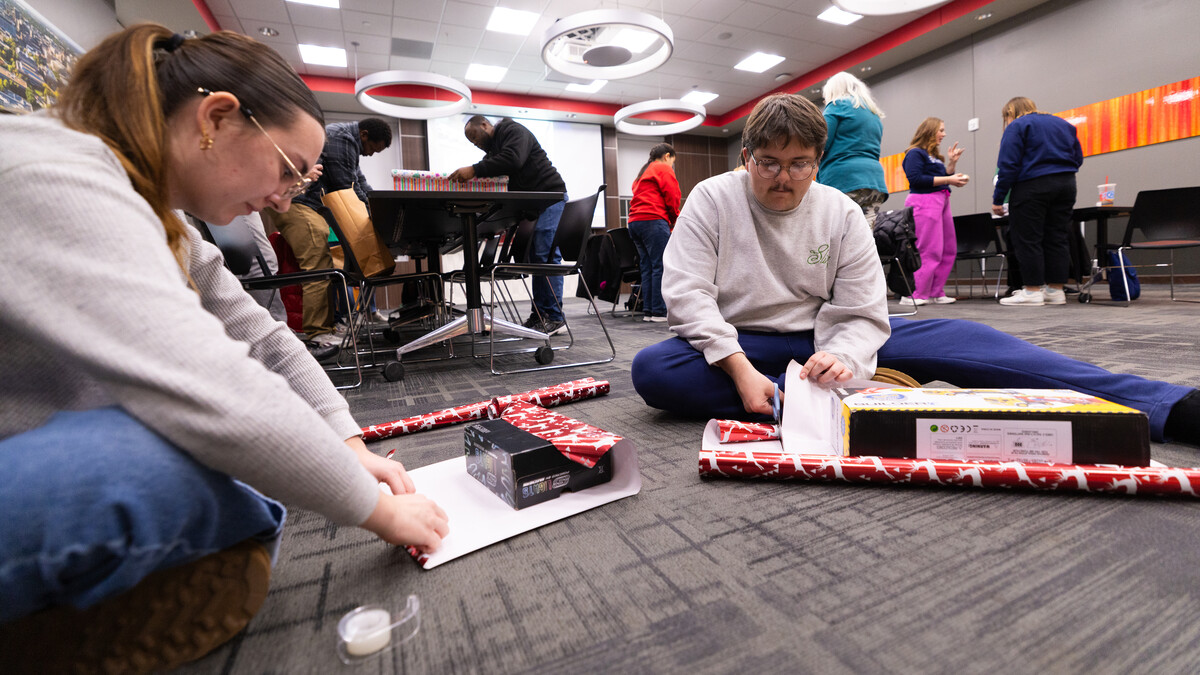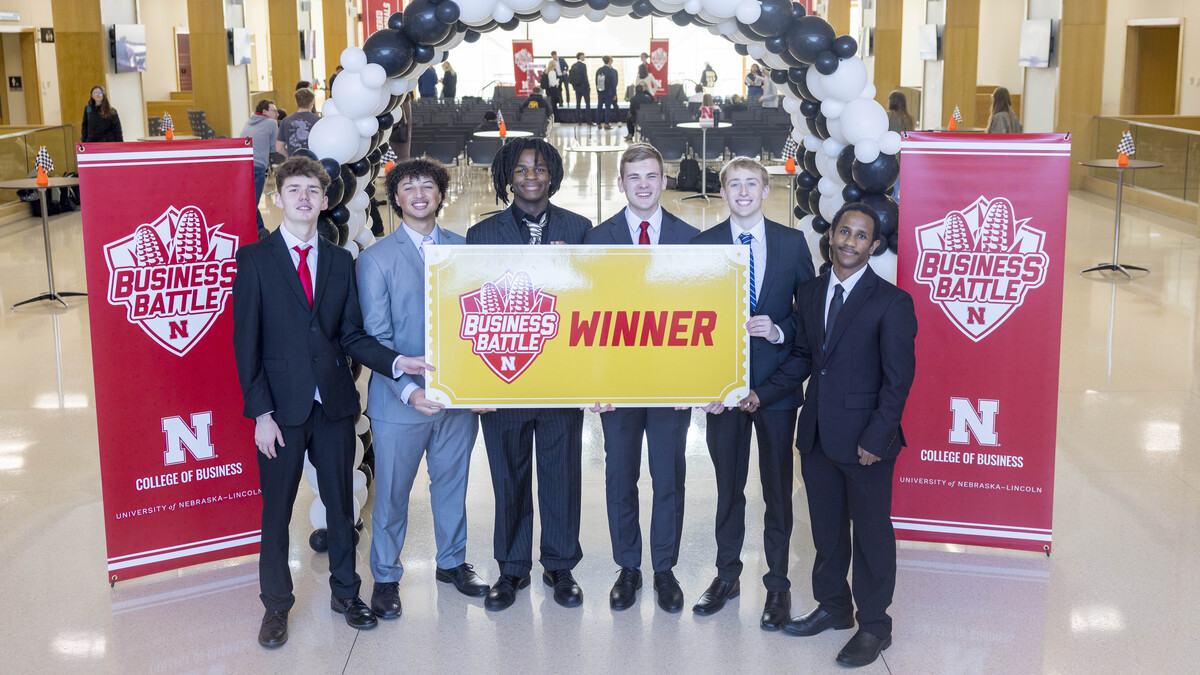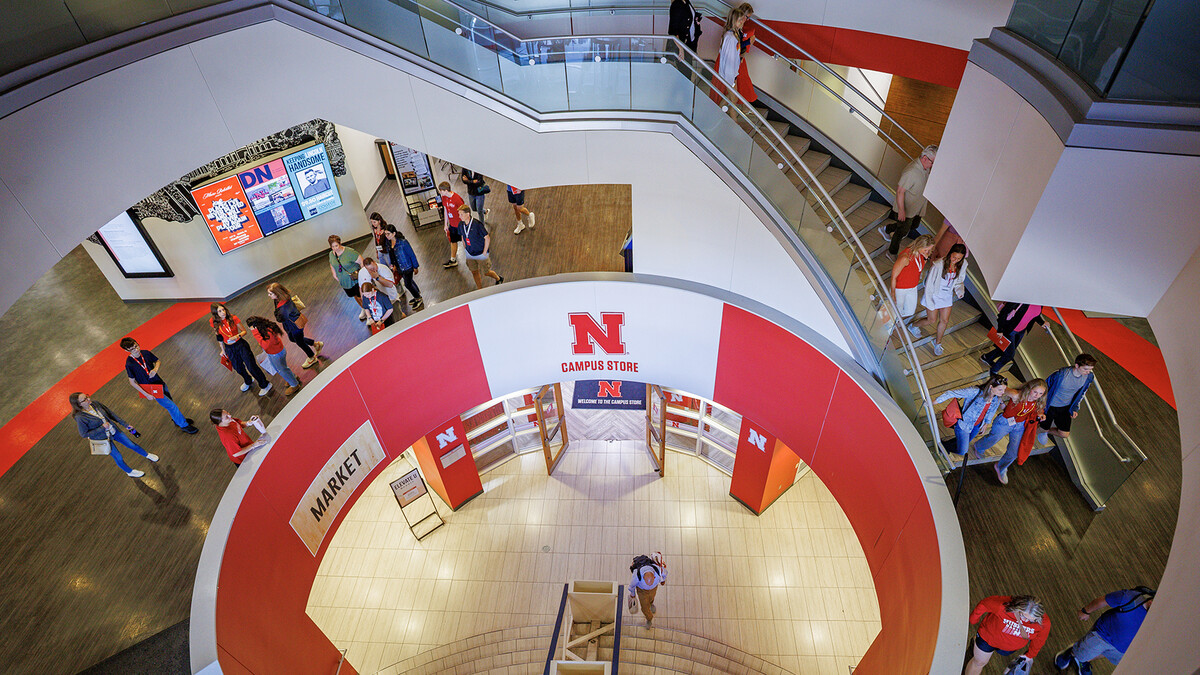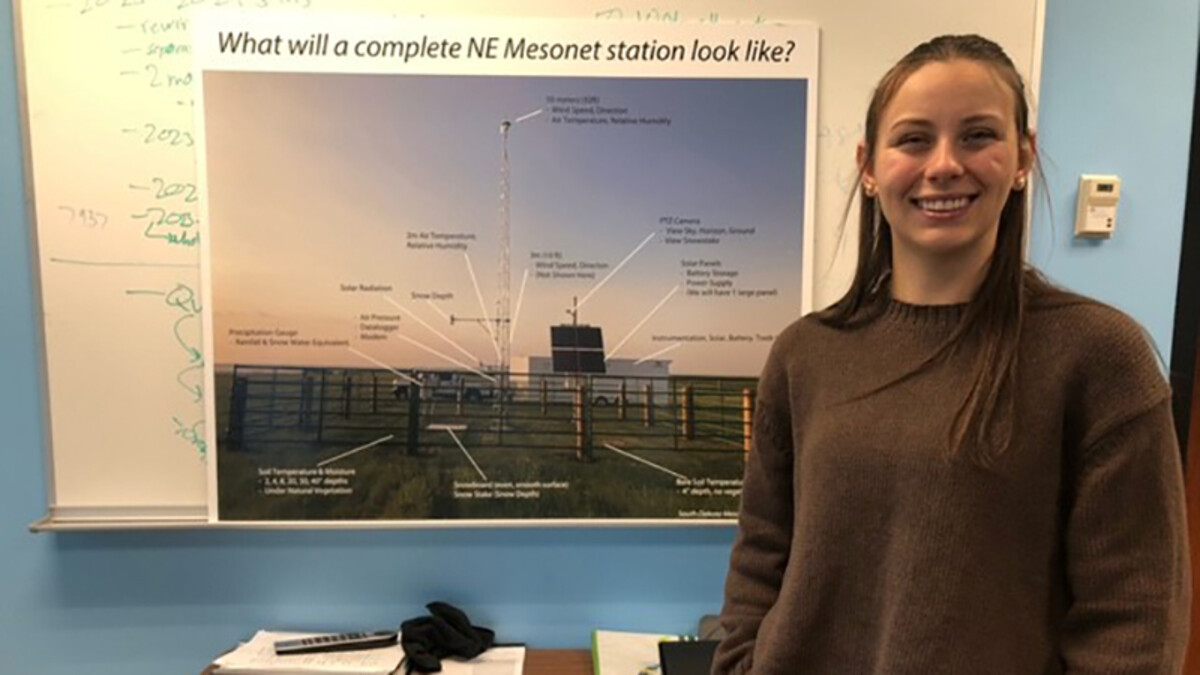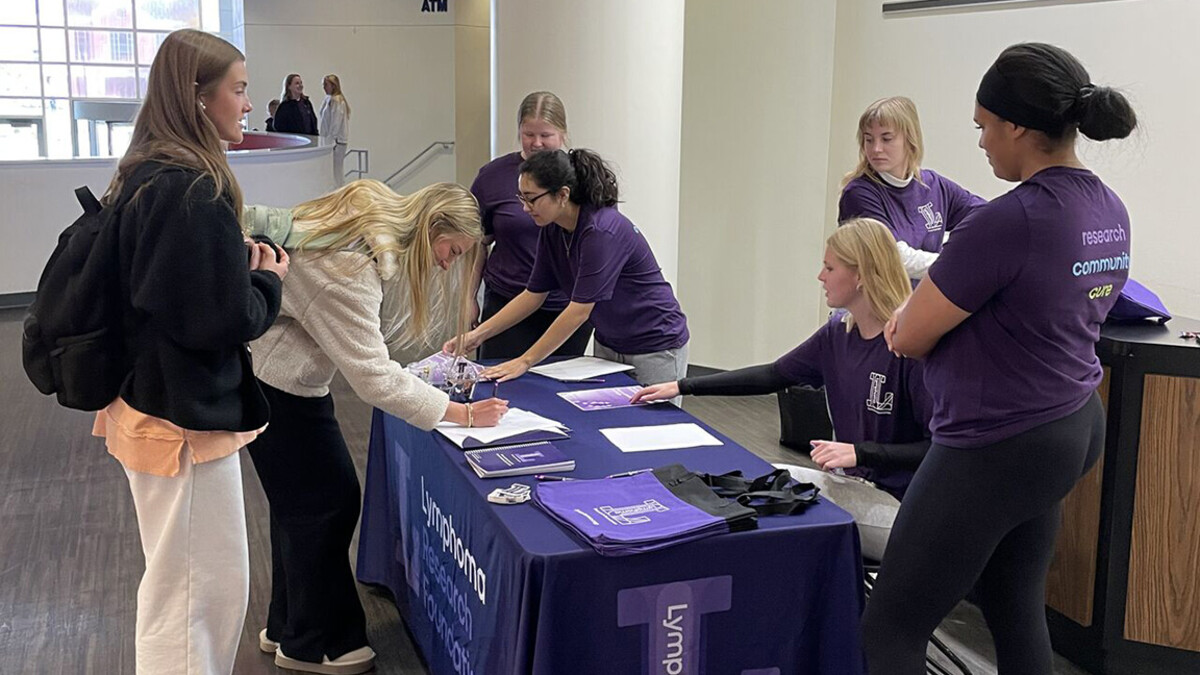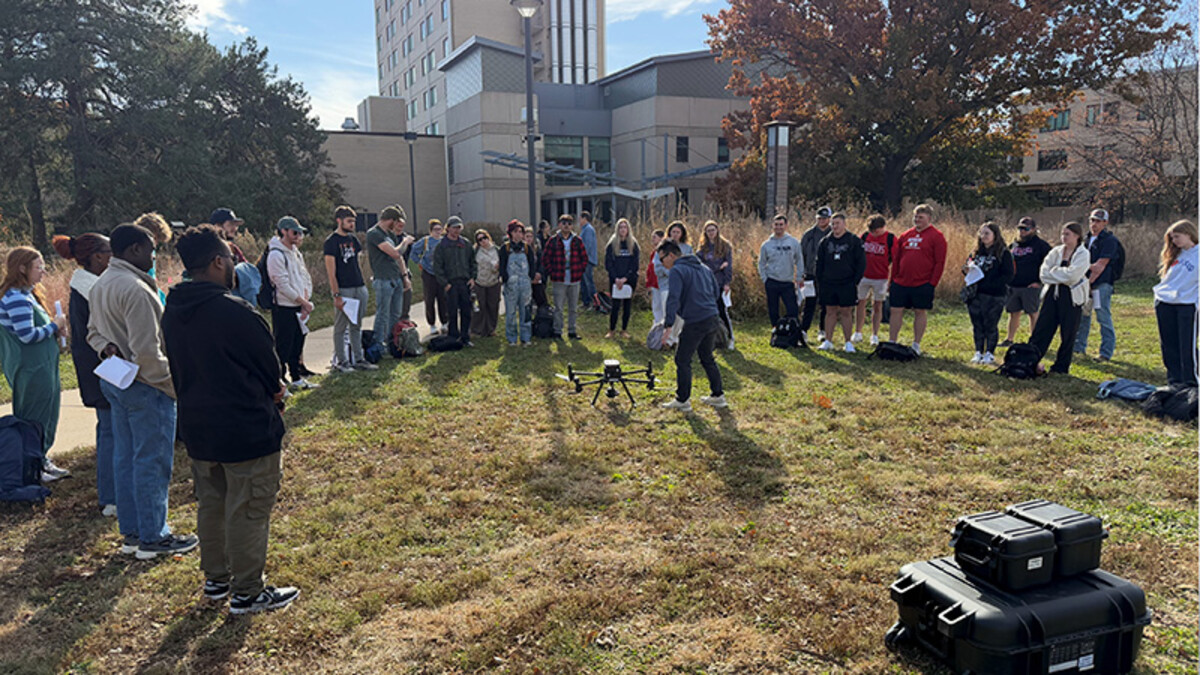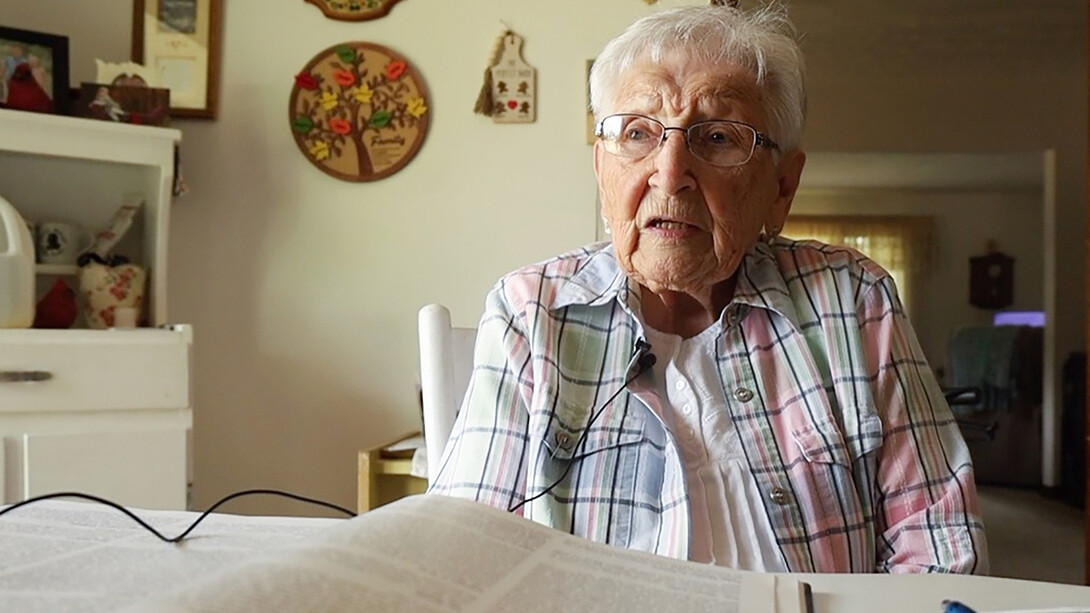
Situated at the confluence of the Missouri and Niobrara rivers, residents of Niobrara, Nebraska, are no strangers to the impacts of extreme weather. Since its founding nearly 175 years ago, Niobrara has flooded four times (most recently in 2019), lost multiple bridges and moved twice. And yet, the village and its residents are still standing.
As part of a grant from the National Science Foundation and the Established Program to Stimulate Competitive Research, educators from Rural Prosperity Nebraska; the Department of Agricultural Leadership, Education and Communication; and the School of Natural Resources have teamed up with researchers from Oklahoma State and Louisiana State universities to study community resilience amid natural disasters.
In Nebraska, researchers spent last summer capturing first-hand accounts from Niobrara residents who shared how they survived disasters and why they remain in the area.
“It was the community’s idea to collect the stories,” said Raquel Taylor, a postdoctoral research associate in the ALEC department. “They wanted to know, ‘How have we been resilient in the past?’ And, ‘How can we learn from these in the future?’”
To collect the stories, Taylor recruited Lina Bauer and Harley Stark, two local college-age residents who are invested in their community’s future. Through daily Zoom calls and weekly visits, Taylor guided them through developing the interviews — crafting questions that avoid biases but encourage the sharing of useful information and creating a written survey that was certified by the Institutional Review Board, a national group that ensures studies involving people are conducted ethically.
In the end, Taylor, Bauer and Stark decided on two ways to capture the histories:
- Oral interviews where residents answered four or five questions on video, sharing personal experiences about Niobrara’s resilience; and
- storyboard interviews where residents shared photos and newspaper clippings of past disasters, explaining the stories behind them.
“It went from something small, as if we were going to just interview whoever came to our little booth during Bridge Days,” said Bauer, referring to the community’s annual festival. “Then, it just kept growing into where we went to people’s houses to interview them. They gave us pictures; they gave us stories.”
One story that stood out to Bauer and Stark was from Delberta Peterson, the oldest living resident of Niobrara. She survived the floods in 1952 and recalled how an old drawbridge had nearly washed out, but residents banded together to help each other cross the bridge and escape the flooding. They carried each other’s goods and supplies, and even a washer and dryer, across the bridge that swayed and rocked in the rising waters.
Peterson was also the first resident to purchase new land higher up on the bluff when the town moved in 1974, a move that was too much for roughly a third of Niobrara’s residents, who moved away for good.
Aside from the firsthand accounts providing the logistics of surviving natural disasters, the oral histories have shed light on how resilient people can be when they band together.
“One of the words that was most common that people used was ‘grit,’” Bauer said. “I guess you could say everybody helped everybody. There was no, ‘My stuff comes before your stuff.’ Everybody just helped everybody. It’s nice to know that our community is so together.”
By the end of the summer, Bauer and Stark had collected 23 histories that will be transcribed and archived. The written survey will be distributed to locals whom they did not have time to interview.
“The people care about the people,” Taylor said. “They care about their neighbors. They want their neighbors to be successful, and they want their village to continue in the future. The overarching thing that we saw in Niobrara was they love the land. They want to protect that and protect the livelihoods of their neighbors.”
